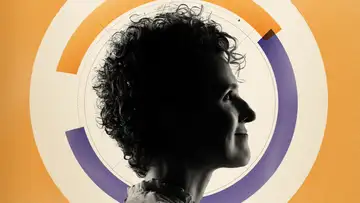A Real Transportation Revolution Requires Ride-SharingTop of Mind with Julie Rose • Season 1, Episode 564, Segment 3
May 31, 2017 • 15m
Guest: Lew Fulton, Co-Director at the Sustainable Transportation Energy Pathways Program, UC Davis Institute of Transportation Studies
Driverless cars are the future, judging by the billions of dollars being invested in them, and electric cars are well on their way to American roads. It seems that combining the two movements would guarantee cleaner air and fewer traffic jams, but, according to an analysis by the Institute of Transportation Studies, the only way to get to that future is by adding a third piece to the puzzle—ride sharing.